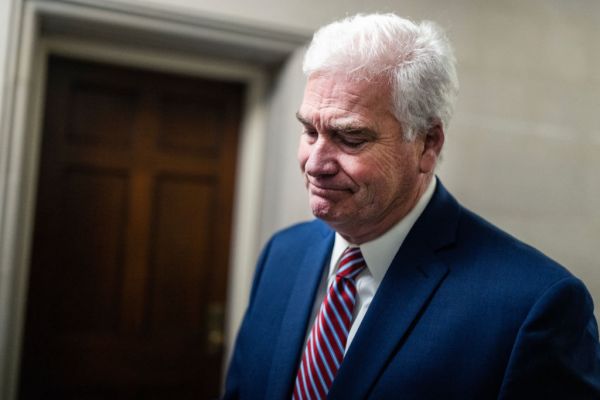On November 26, former Speaker of the House Kevin McCarthy posted a video on X (formerly Twitter) where he remarks that the United States has never asked for land after any of its wars.
McCarthy’s remarks came during an October 28 appearance at the Oxford Union Society—a debating society in Oxford, England, that draws members primarily from the University of Oxford—where he debated the proposition, “This House Believes US Interventionism Has Done More Harm Than Good.” The response may have been a paraphrase of a statement made by then-Secretary of State Colin Powell during the 2003 meeting of the World Economic Forum where he said that “we have asked for nothing except enough ground to bury them in,” in reference to the sacrifice of U.S. soldiers in military operations during the preceding century.
History features numerous examples, however, of the United States acquiring territory following military conflicts. “The comments reflect a common historical shortsightedness that mistakes America’s post-World War II image of itself for historical reality, which is that much of the United States’ current dominion was won in wars of conquest,” Dr. John W. Hall, a professor of U.S. military history at University of Wisconsin-Madison, told The Dispatch Fact Check. “The most notable cases are certainly the Mexican-American War, which was actually designed as a war of conquest, and the Spanish-American War, by which the United States acquired an overseas empire.”
In May 1846, the United States declared war on Mexico in a conflict that centered around the 1845 annexation of Texas and disputes over territory between the Rio Grande and Nueces River. The war formally ended after the 1848 Treaty of Guadalupe Hidalgo (famously featured in an iconic Jimmy Fallon sketch) which established the Rio Grande as the U.S.-Mexico border. The treaty also obligated Mexico to recognize the annexation of Texas and sell its remaining territory north of the Rio Grande—including California—to the United States.
Later that century, the United States also intervened in Cuba’s war of independence against Spain after the explosion of the USS Maine in Havana Harbor and years of violence on the island. The resulting Spanish-American War ended with the signing of the Treaty of Paris in December 1898, granting the United States control over Puerto Rico, Guam, and the Philippines. Both Puerto Rico and Guam remain U.S. territories today, and the Philippines was not granted full independence until 1946.
If you have a claim you would like to see us fact check, please send us an email at factcheck@thedispatch.com. If you would like to suggest a correction to this piece or any other Dispatch article, please email corrections@thedispatch.com.








Please note that we at The Dispatch hold ourselves, our work, and our commenters to a higher standard than other places on the internet. We welcome comments that foster genuine debate or discussion—including comments critical of us or our work—but responses that include ad hominem attacks on fellow Dispatch members or are intended to stoke fear and anger may be moderated.